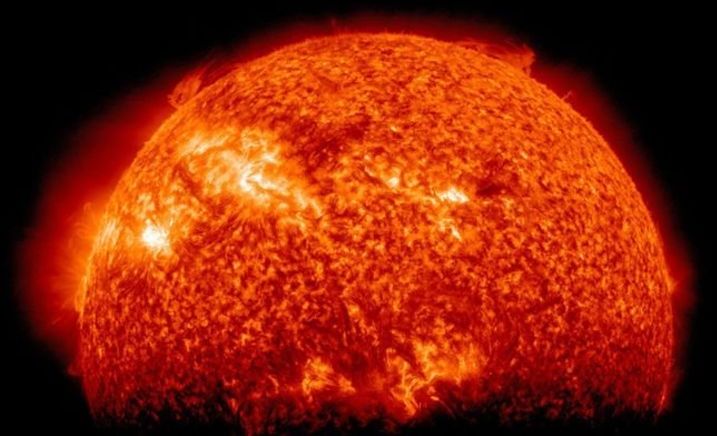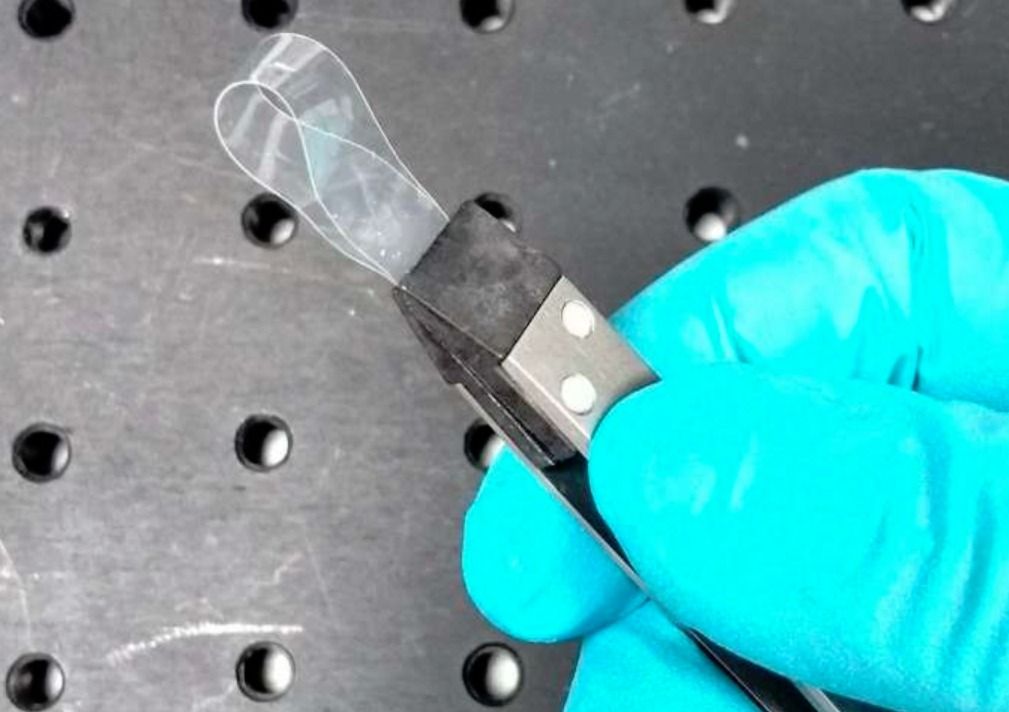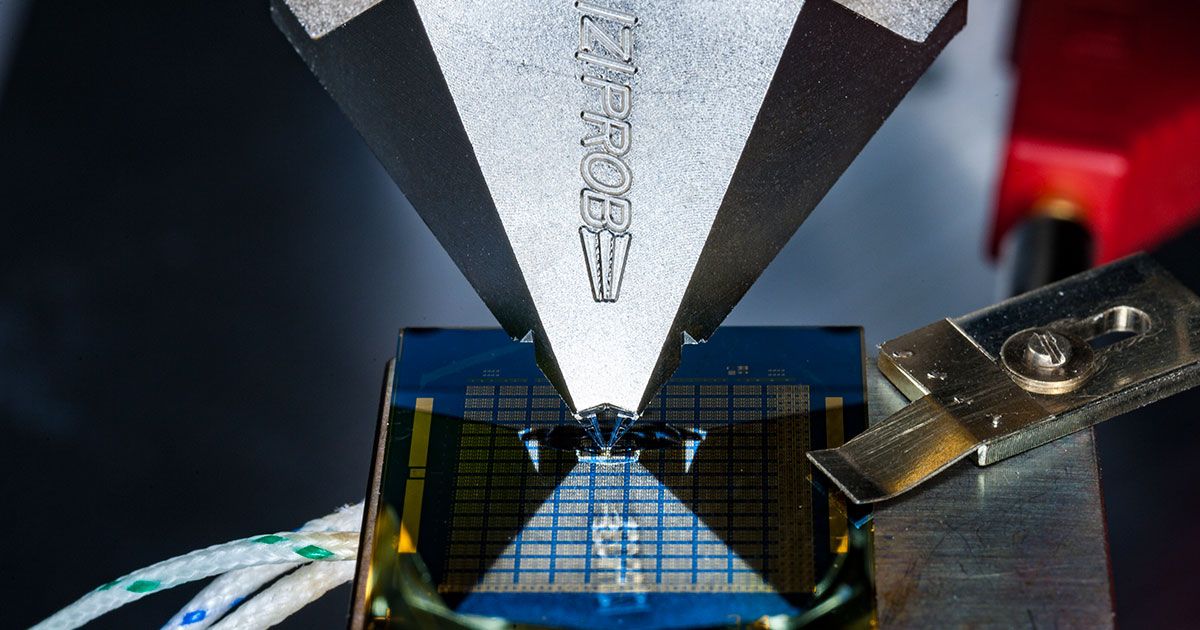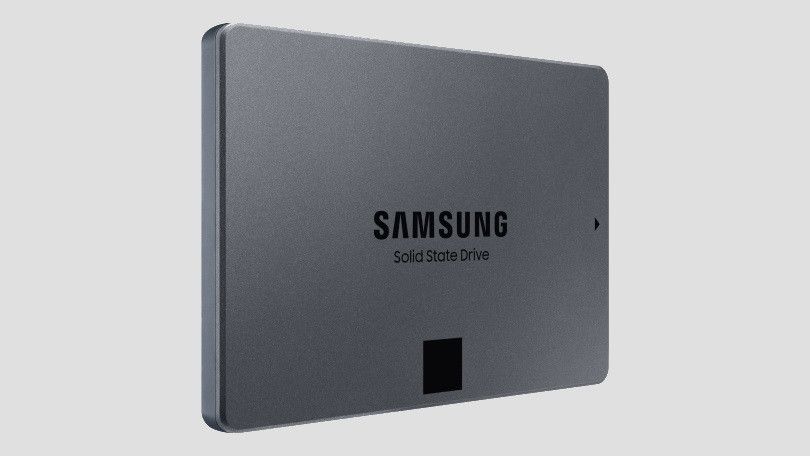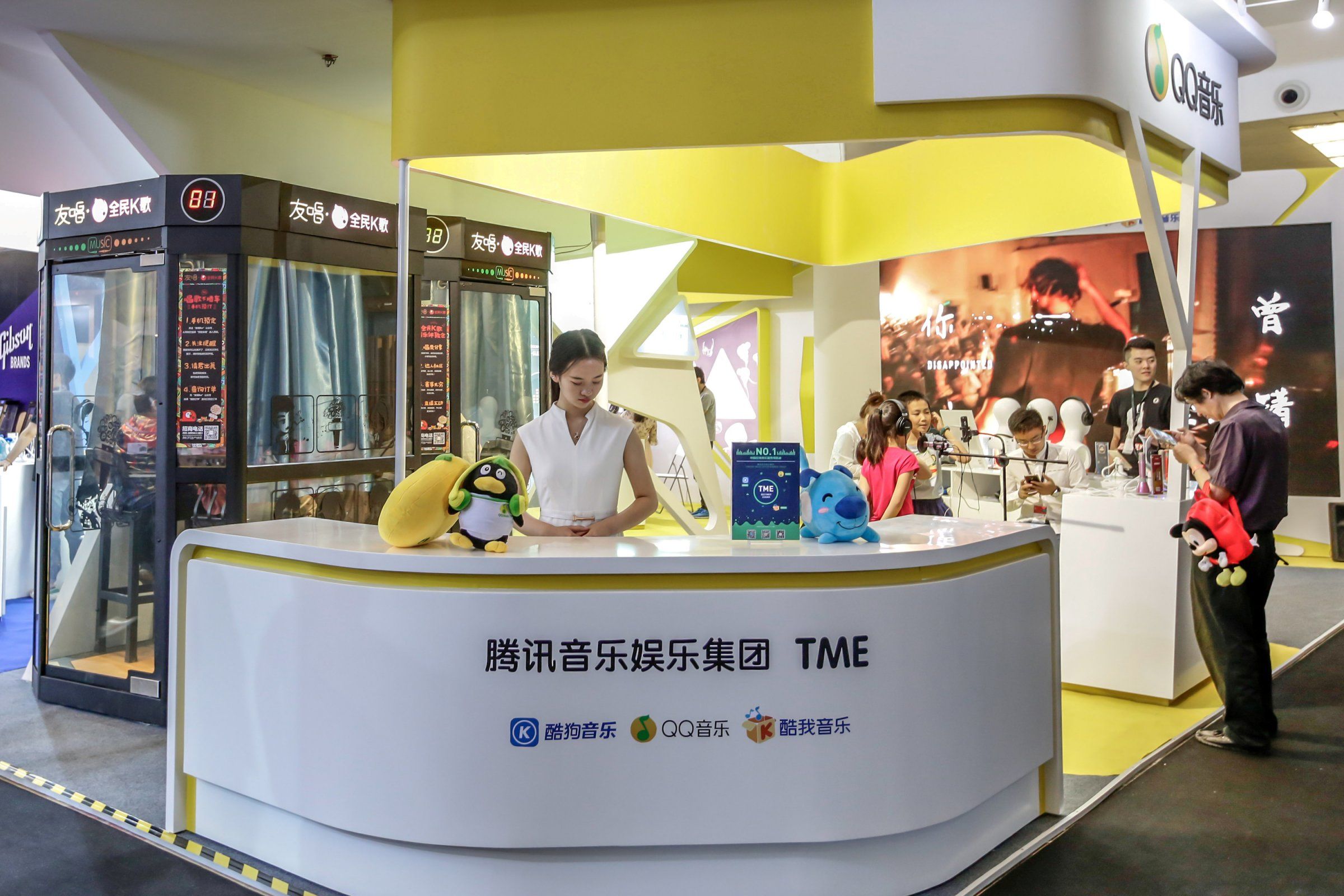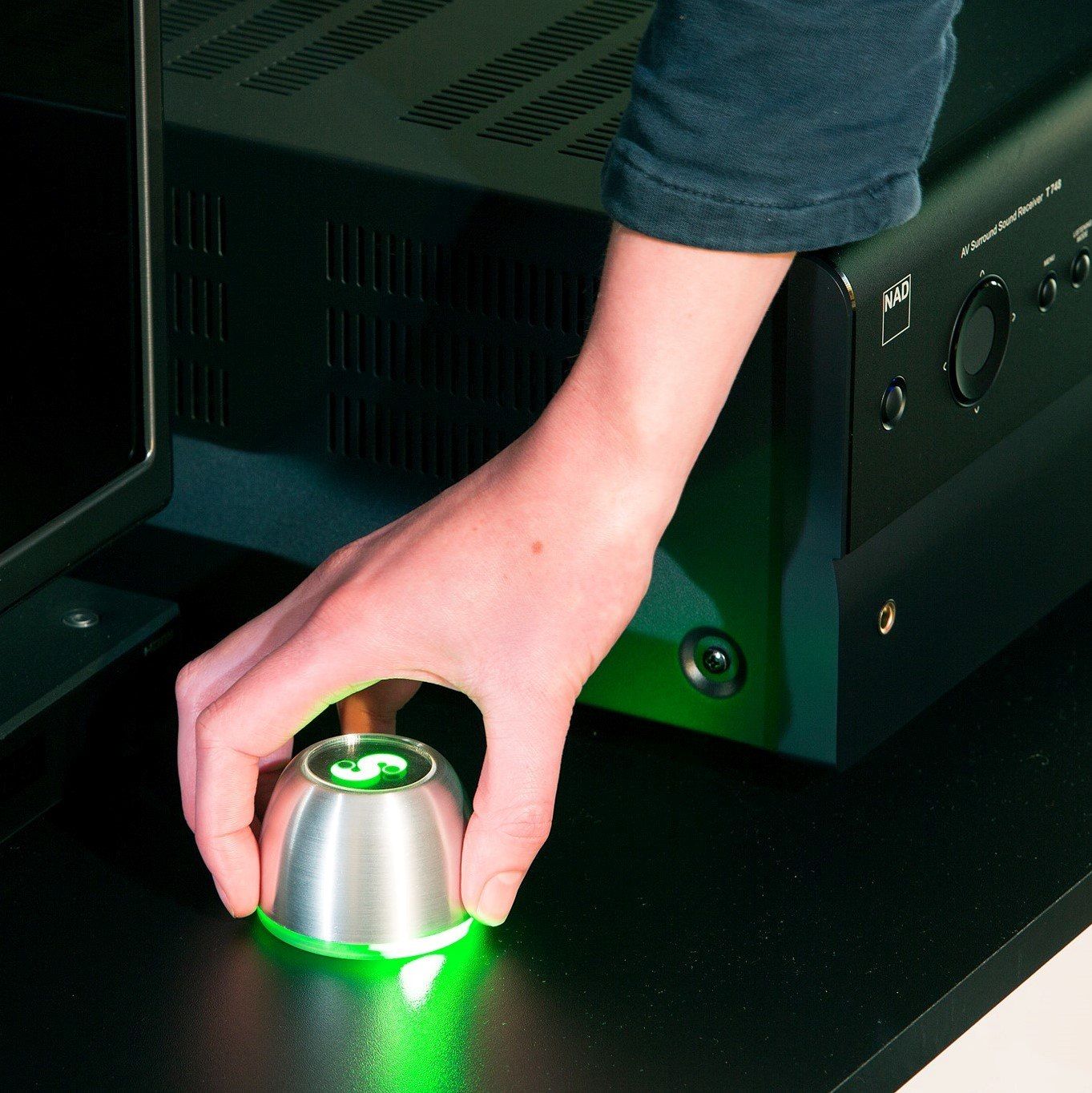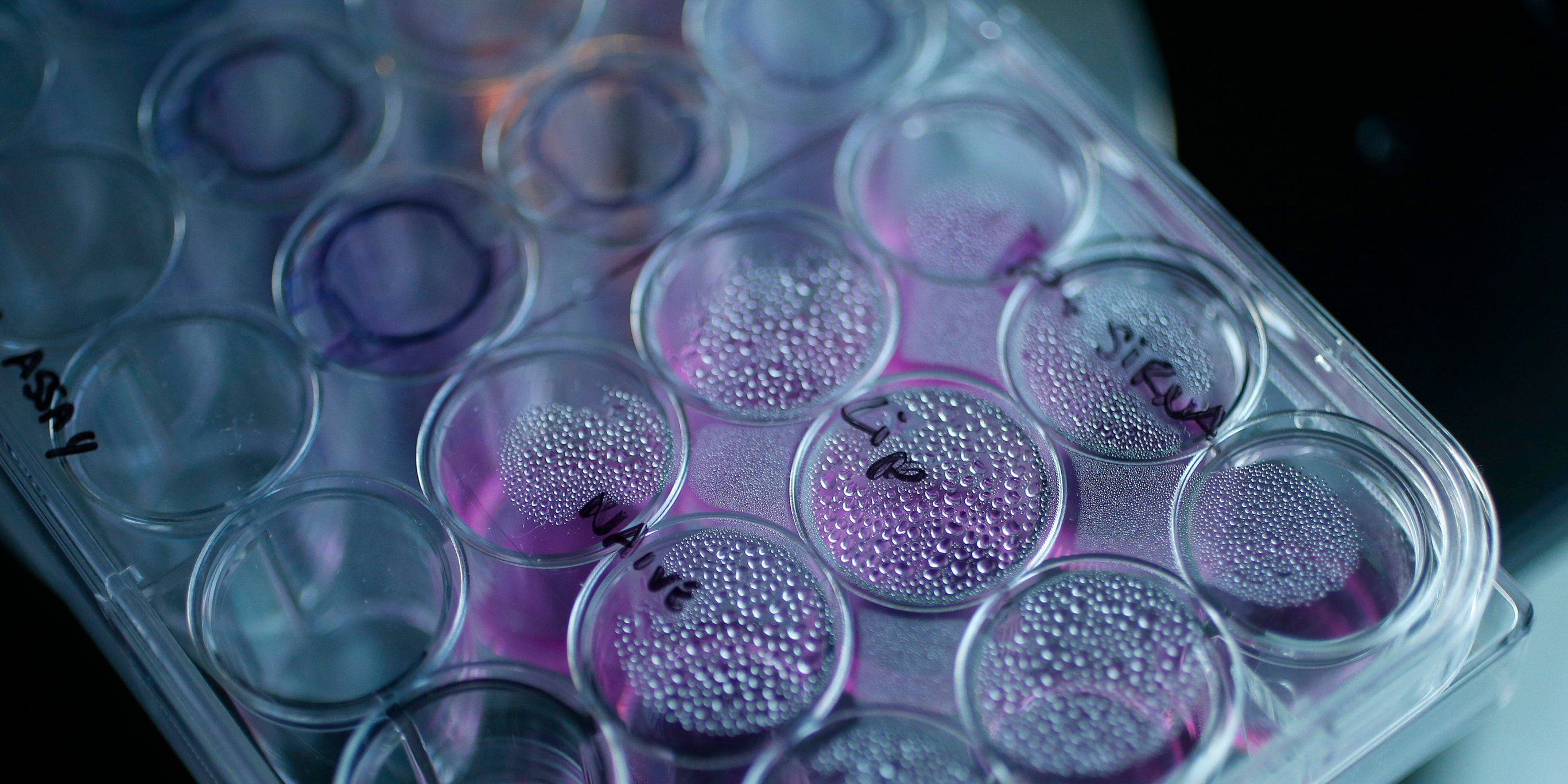Click on photo to start video.
LIVE ROCKET LAUNCH! Tune in to see us send approximately 5,600 pounds of research and supplies to the International Space Station aboard a SpaceX Dragon spacecraft. Liftoff of the Falcon 9 rocket is slated for 1:16 p.m. EST from from Space Launch Complex 40 at Cape Canaveral Air Force Station in Florida. Don’t miss the countdown to liftoff!


